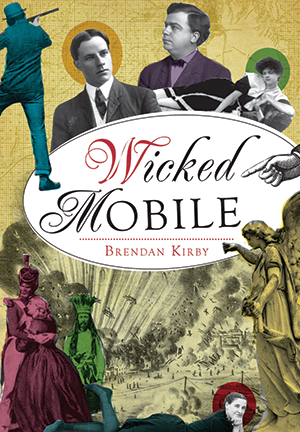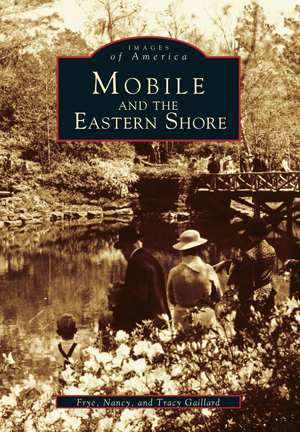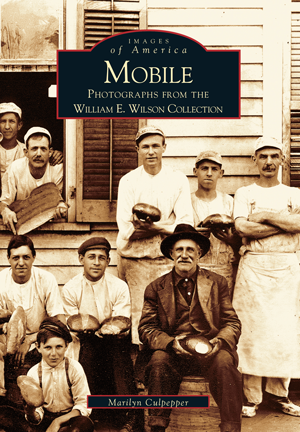Murray Forbes Smith House
201 Government Street, Mobile, Alabama
Completed in 1851, for Murray Forbes Smith (1814-1875) and his wife, Phoebe Ann Desha (1821-1871). Its castellated appearance was a nod to Murray's noble Scottish roots on his mother's side of the family and it was here that his wife gave her famously "costly, but not popular parties"! The house was demolished in 1930, but stood at the present site of the Government Plaza on Government Street. Today, the house is best remembered as the first childhood home of the prolific mansion-builder and unlikely champion of women's rights, Mrs Alva Vanderbilt Belmont (1853-1933)....

This house is best associated with...
Murray Smith abandoned his legal career to enter the cotton business started by his father-in-law, Robert Desha, back when Mobile was a boomtown. As a cotton broker, success quickly followed, enabling him to build this house for his young family. It was a typical two-story, Federal stone block that had been given a Gothic make-over, giving it a similar appearance to James Fenimore Cooper's Otsego Hall in New York. It had crenellations along its roofline and Tudor-style arches integrated into the front portico. Clarice Stasz wrote of the distinct impression it left on the young Alva Smith,
The Smith home (had) spacious rooms, wide halls, casement windows, magnolia trees, and a separate bathhouse of marble. The way the light fell through the windows, the classic sense of proportion, the impression of nobility all etched a model of security she (Alva) was to seek out in later years. One of her earliest pleasures was going alone into the library, where she would take the large volumes of books and stand them this way and that, like blocks, forming imaginary buildings.
Unfortunately, Mrs Smith did not seem to enjoy much success as a hostess, which may account for her daughter's absolute determination to succeed in society. Thomas Cooper de Leon recalled her, "costly, but not popular parties" and another story circulated that she once hosted a ball here, to which not one member of Mobile's high society turned up!
The Smiths only got to enjoy their Alabaman castle for less than a decade. In 1859, two years before the start of the US Civil War, Murray Smith moved his family up to New York. The move may have been a result of the financial panic of 1857, but otherwise it is unclear why he left. The history of the house between then and when it was demolished in 1930 also remains shrouded in mystery. Its wrought-iron fence was later moved to Springhill Avenue at Riviere du Chin Road.
Categories
Share
Contributed by Mark Meredith on 17/07/2019 and last updated on 18/07/2019.
Image Courtesy of the Historic Mobile Preservation Society; Historic Architecture in Alabama: A Guide to Styles and Types, 1810-1930 (2001), by Robert S. Gamble; Alva Vanderbilt Belmont: Unlikely Champion of Women's Rights (2011) by Sylvia D. Hoffert; The Vanderbilt Women: Dynasty of Wealth, Glamour and Tragedy (2000) by Clarice Stasz
Connections
Be the first to connect to this house. Connect to record your link to this house. or just to show you love it! Connect to Murray Forbes Smith House →




